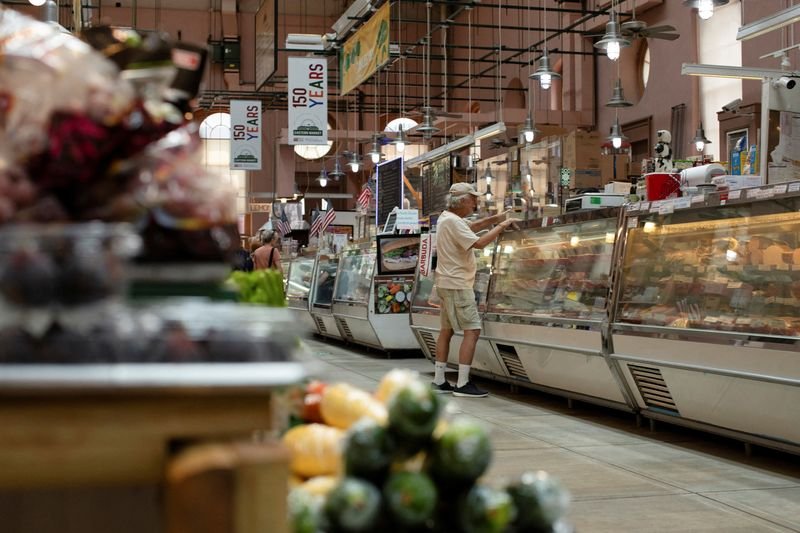Soaring World Food Prices Driven by Meat and Edible Oil Costs
Recent reports indicate that global food prices have surged to a two-year peak, primarily attributed to the increasing costs of meat and edible oils, according to insights from the Food and Agriculture Organization (FAO).
Rising Costs of Meat
The FAO has highlighted a significant uptick in meat prices, which is stirring concern amongst consumers and producers alike. Factors such as livestock feed prices, transport expenses, and climatic conditions are contributing to these heightened costs. The demand for protein-rich diets continues to rise globally, pushing up prices as suppliers struggle to keep up. Countries which heavily rely on meat imports are feeling the squeeze as domestic production fails to meet market demand.
Edible Oils in Demand
Edible oils are another major factor driving the rise in food prices. The price hikes in palm, soybean, and sunflower oils have been significant, affecting various food products and cooking staples. The ongoing geopolitical tensions and trade disruptions are further exacerbating this situation. With many nations facing supply chain challenges, the competition for available edible oils is causing prices to escalate rapidly.
Global Impact
The increase in food prices isn’t just a local or regional issue; it has global repercussions. Developing nations are particularly vulnerable, as rising prices put pressure on household budgets and food security. The FAO’s reports suggest that nearly a billion people already face hunger, and the climbing food prices are likely to worsen this crisis.
Countries that are net importers of food are grappling with their rising costs, which can lead to inflation and instability. As nations attempt to stabilize their markets, they may resort to trade restrictions or tariffs, further complicating the global food supply network.
Weather Conditions and Agricultural Challenges
Climate change has also played a significant role in recent food price surges. Unpredictable weather events have affected crop yields worldwide, leading to reduced supply and higher prices. Droughts, floods, and unfavorable growing conditions are making it increasingly difficult for farmers to maintain stable production levels. As agricultural output declines, prices are expected to continue on an upward trend.
Farmers are also facing rising input costs, including fertilizers and pesticides, which have become more expensive due to supply chain disruptions and increased energy costs. These factors are contributing to the overall increase in food production expenses, which in turn is passed on to consumers.
International Response
In response to the rapidly escalating food prices, various international bodies and governments are searching for ways to mitigate the impact. Some countries are considering measures such as subsidies for essential commodities or direct financial aid to those in need. These policies aim to cushion the blow for vulnerable populations and stabilize local markets.
Global organizations are appealing for collaborative solutions to ensure food security, with calls for increased investment in agricultural resilience. By bolstering farming systems, countries can better withstand future shocks and reduce their dependency on imports.
Future Trends
As world food prices continue to rise, projections indicate that the situation may persist in the near future. Analysts suggest that unless significant changes occur in supply chain management, climate resilience, and market regulations, the trend of increasing food prices is likely to continue.
Consumer awareness is also vital in this context. As prices soar, many households are reevaluating their spending and dietary choices, leaning towards more sustainable and locally sourced options.
Investments in agricultural technology and practices that enhance crop resilience could provide a pathway to stabilizing food prices over the long term. Improvements in supply chain logistics may also offer some relief, ensuring that food reaches consumers more efficiently and cost-effectively.
Addressing these complex challenges requires multi-faceted strategies and collaboration among governments, agricultural stakeholders, and international organizations to create a more sustainable food system capable of withstanding future price shocks.
